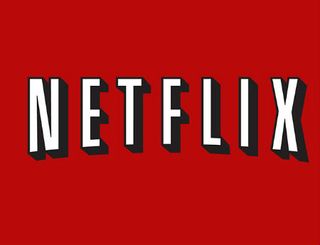Netflix Nears U.S. Set-Top Tie-Ins

Following similar integrations with Virgin Media in the U.K. and Com Hem in Sweden, Netflix said Monday that it expects to have its streaming service baked into some operator-supplied TiVo-powered devices in the U.S. fairly soon.
Netflix, which has been discussing the idea with Comcast and other operators as it clears out rights to distribute content on leased devices domestically, said it will launch its first MVPD integrations in the U.S. “this quarter,” according to its first quarter letter to shareholders.
“We remain very happy with the customer embrace of our MVPD set-top box integrations in Europe. This quarter we will launch the first MVPD integrations in the U.S. As we did in Europe, we will start with U.S. MVPDs that use the TiVo set-top box and try to extend to non TiVo devices after that,” Netflix said. “From an MVPD point-of-view, they would rather have consumers use Netflix through the MVPD box and remote control than have consumers become accustomed to watching video from a smart TV or Internet TV device remote control.”
Netflix didn’t identify any MVPDs that intend to deploy its service on TiVo-powered devices by name, but TiVo’s U.S. pay-TV partners include RCN, Suddenlink Communications, Grande Communications, GCI, Atlantic Broadband, and Mediacom Communications, Vyve Broadband, and WaveDivision Holdings (Wave Broadband and Astound), among others.
In its letter, Netflix also announced its formal opposition of the proposed Comcast-Time Warner Cable merger amid continued calls for “strong” network neutrality rules that encompass paid peering agreements.
“As DSL fades in favor of cable Internet, Comcast could control high-speed broadband to the majority of American homes," Netflix argued. "Comcast is already dominant enough to be able to capture unprecedented fees from transit providers and services such as Netflix. The combined company would possess even more anti-competitive leverage to charge arbitrary interconnection tolls for access to their customers. For this reason, Netflix opposes this merger.”
Netflix’s opposition comes roughly two months after Netflix and Comcast announced a paid interconnection deal that has paved the way for higher quality Netflix streams to be delivered on Comcast’s networks. Netflix’s long-held preference is to have ISPs join Open Connect, its private content delivery network that relies on Netflix-supplied edge caches.
Multichannel Newsletter
The smarter way to stay on top of the multichannel video marketplace. Sign up below.
Comcast has argued that paid peering deals are nothing new and should not be tied to network neutrality rules. Comcast executive vice president David Cohen took a stronger tone recently during an interview for C-SPAN's The Communicators, saying that Netflix Reed Hastings's criticisms of the recent peering deal are "essentially hogwash."
Elsewhere, Netflix also noted that it expects to be added to the voice search function of the recently launched Amazon Fire TV device. Last week, Amazon announced that the Fire TV voice search would extend support to Hulu Plus, Crackle and Showtime Anytime sometime this summer. Amazon launched the device initially with support for its own video streaming library and Vevo.
Netflix, which intends to raise monthly subscription fees for new customers by $1 or $2 per month, ended the first quarter with 48.35 million total streaming subs, including 35.67 million in the U.S., and 13.62 million in its international markets.
